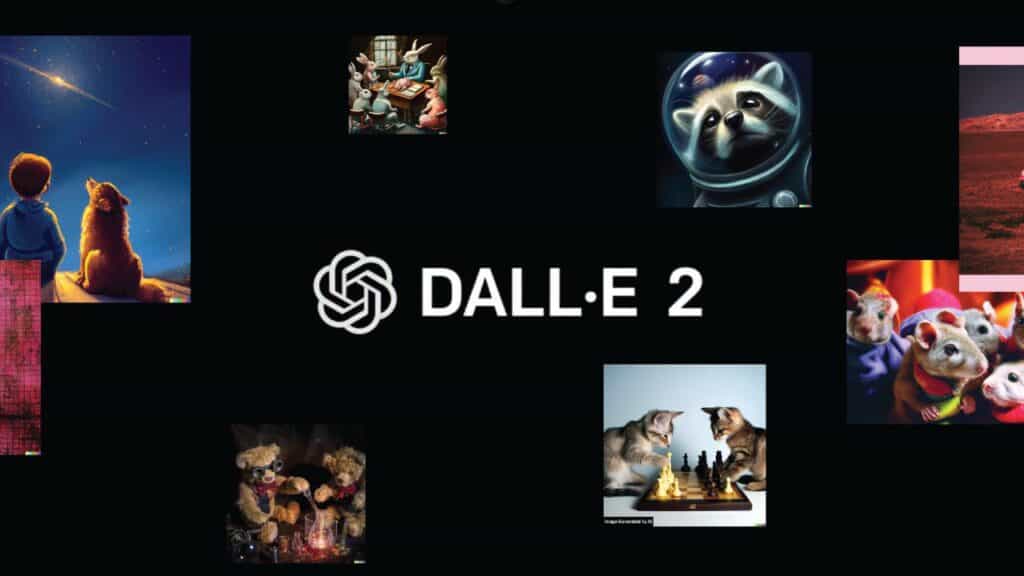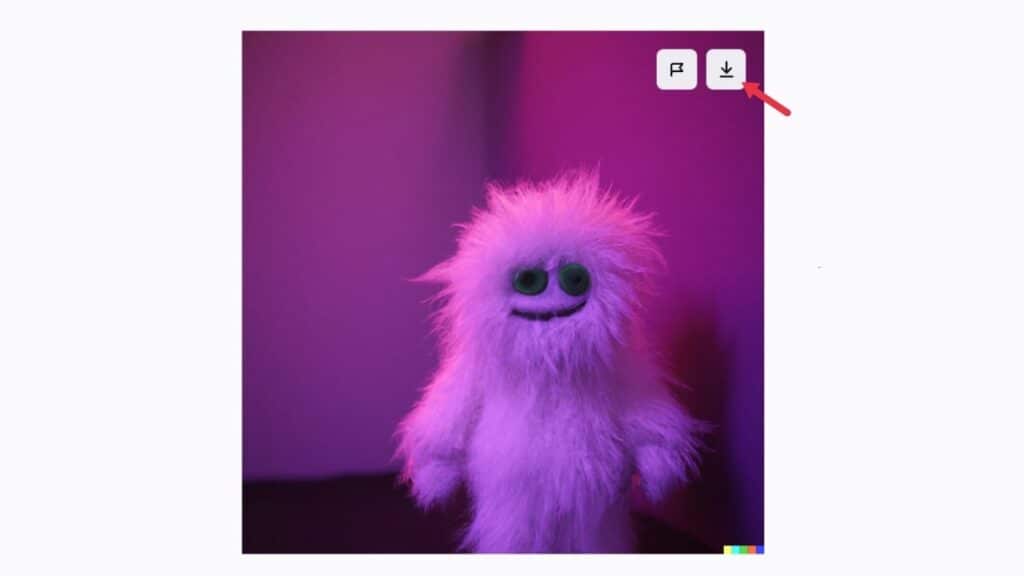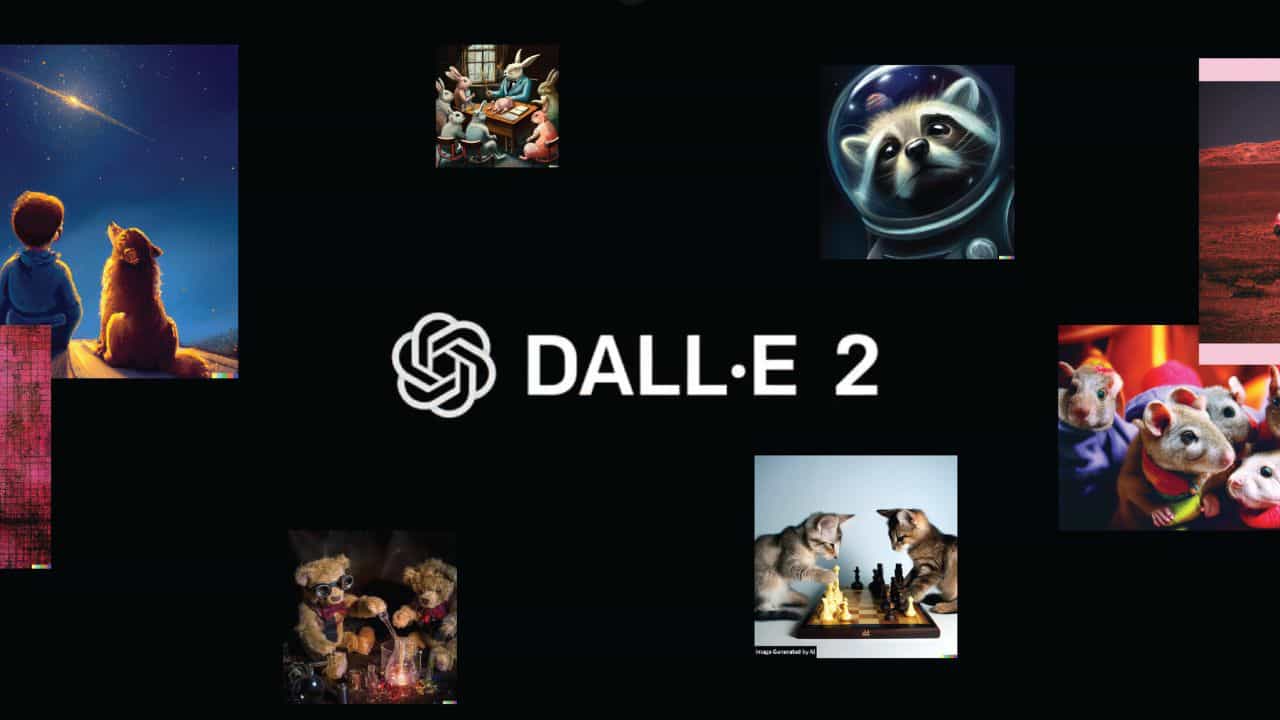Thanks to advancements in AI, it is now possible to create digital images that can rival the works of renowned artists. The potential for creative expression with DALL·E images is truly boundless.

However, this innovative technology also poses an intriguing question: Who holds rightful ownership over the masterpiece you create? The answer to this question may not be as straightforward as you might think. Let’s find out!
Who Owns DALL·E 2 Images Copyright?
The ownership of DALL·E 2 images’ copyright is a complicated issue. As AI-generated art becomes more popular, there are questions about who owns the rights to these images. While there is no clear answer, we can gather some insights.
OpenAI, the organization behind DALL·E, has established a content policy that emphasizes user responsibility and the respect of third-party rights.
According to their policy, users are expected to ensure that their text prompts and image uploads do not infringe on copyrights, trademarks, or privacy rights.
In terms of the generated images themselves, OpenAI claims that they are in the public domain and can be used for legal purposes, provided that users comply with the content policy and applicable laws.
However, it’s important to note that the validity of this claim may differ depending on the jurisdiction, as different countries have varying regulations regarding the authorship and ownership of AI-generated works.
It’s important to be careful and responsible when using DALL·E 2 images for personal or commercial purposes.
Respecting the rights and interests of others involved, such as the sources of text prompts or image uploads and the subjects depicted, is crucial.
Can You Sell DALL·E 2 Images?
According to OpenAI, the organization behind DALL·E 2, you have the right to sell the images you create with this AI system. They state that you own the images and can use them for commercial purposes, including reprinting, selling, and merchandise.
However, it’s important to understand that there may be legal and ethical considerations when it comes to selling DALL·E 2 images. Depending on where you live, there might be specific rules and regulations you need to follow.
Selling or using these images without proper authorization or giving credit to OpenAI could lead to legal issues or liabilities.
Ethical concerns also come into play. You need to be careful about the quality, authenticity, and originality of the images you create. Avoid generating low-quality or inaccurate images that might deceive your customers or audience.
It’s also important not to copy existing works by other artists, as this could be seen as plagiarism or unfair competition.
Additionally, make sure your images are appropriate and respectful, avoiding anything that could be offensive or harmful.
What Resolution Are DALL·E 2 Images?
DALL·E 2 is capable of generating images at a resolution of up to 1024×1024 pixels. This resolution is four times higher than its predecessor, DALL·E, which was limited to 256×256 pixels. The increased resolution of DALL·E 2 images brings a significant improvement in realism and detail.
The higher resolution opens up various possibilities for utilizing DALL·E 2 images. They can be effectively used for printing on posters or merchandise, serving as wallpapers or backgrounds, or even being incorporated into games and animations.
The improved level of detail and realism enhances the visual appeal and allows for more versatile applications.
However, the resolution of DALL·E 2 images is not fixed or assured. Several aspects influence the final resolution. In some cases, DALL·E 2 may produce images with lower resolutions.
For instance, if the text description is too vague or abstract, or if there is insufficient supporting data in the training dataset, the resulting image may have a lower resolution and may not align with the desired output.
Can I Use DALL·E 2 Images Commercially?
As mentioned earlier, you are allowed to use DALL·E 2 images for commercial use, given that you adhere to OpenAI’s content policy and relevant legal regulations. However, you should also acknowledge the potential legal and ethical risks and obligations associated with using DALL·E 2 images commercially.
You should also follow recommended practices, including obtaining consent, providing information, giving appropriate credit, respecting rights, ensuring quality, and avoiding causing harm.
There are various potential commercial applications for DALL·E 2 images, such as:
Advertising and marketing: You can create images that promote your products or services, cater to your target audiences, or appeal to customers. For instance, generating images of a car in different colors or styles, or showcasing a vacation destination in various seasons or times of the day.
Education and training: You can generate images that illustrate or clarify concepts, facts, or skills, or provide feedback and guidance. For example, creating images of a human anatomy diagram or demonstrating correct and incorrect postures for yoga poses.
Entertainment and art: You can produce images that showcase your creativity, imagination, or emotions, entertaining or inspiring others. This could involve generating images of fantasy characters or surreal landscapes.
Research and development: You can generate images that help in exploring new ideas, hypotheses, or solutions, or testing the capabilities and limitations of DALL·E 2. For instance, creating images by trying a challenging text prompt.
Are DALL·E 2 Images Copyrighted?
OpenAI claims that DALL·E 2 images are in the public domain, allowing for general use. However, the validity and enforceability of this claim could vary across jurisdictions. Even if DALL·E 2 images are considered public domain, they could still be subject to other forms of intellectual property protection, such as trademarks, patents, or trade secrets.
For example, your generated images might include logos, designs, or algorithms belonging to third parties, potentially leading to legal risks or liabilities if used without proper authorization or consent.
In the United States, copyright law protects works of authorship created by humans. Works generated by AI, including DALL·E 2 images, are not currently eligible for copyright protection under existing legislation. The U.S. Copyright Office does not register copyrights for works produced by AI models, meaning that you are generally free to produce, publish, or sell DALL·E 2 images without violating copyright laws.
How to Download DALL·E 2 Images?
To download DALL·E 2 images, you have a few choices. The initial method requires visiting the OpenAI website. There, you can use the interactive DALL·E 2 platform, which permits you to input your own text prompts and generate images. Once the images are created, you will observe a download symbol positioned at the top-right corner of each image. Simply click on that symbol, and the image will be saved on your device.

Alternatively, you can download DALL·E 2 images by accessing OpenAI’s Instagram account. On their Instagram account, you will find various examples of DALL·E 2 images. If you come across an image you like and wish to download, you can save it directly from Instagram.
Are You Allowed to Remove the Watermark?
Certainly! You have permission to remove the watermark from your images generated by DALL·E 2. The DALL·E Content Policy FAQ confirms this. Many people inquire about this because the DALL·E 2 website doesn’t offer a straightforward method to download images without the watermark.
Interestingly, it’s worth noting that OpenAI doesn’t own the rights to the images created with DALL·E 2. Instead, the rights belong to the creator, whether you are using the free or paid version of the AI image generator. Considering this, you are free to sell or use any of the images you create for commercial purposes, as we have previously mentioned. Therefore, removing the watermark is a logical choice.
How Much Does DALL·E 2 Cost Per Image?
DALL·E 2 has a pricing model that is not determined per image, but the preferred resolution of the image. Starting from July 2023, the price per image varies depending on the resolution selected.
If you choose high-resolution images at 1024×1024 pixels, each image will cost $0.020. Opting for a slightly lower resolution of 512×512 pixels reduces the cost to $0.018 per image. For lower-resolution images at 256×256 pixels, the price per image is $0.016.
In addition, DALL·E 2 provides an initial monthly credit allocation. Upon registration, you receive 50 free credits that can be used to create images. Once these credits are used up, an additional 15 free credits are given each month.
To continue generating images without worrying about running out of credits, you also have the option to purchase credit packs. These packs offer different quantities of credits at corresponding prices.
For instance, a $15 credit pack provides 115 credits, which can be used to generate images based on the chosen resolution. If you have a higher demand, DALL·E 2 allows the purchase of up to 11,500 credits at once, ensuring you have an ample number of credits for uninterrupted image generation.
